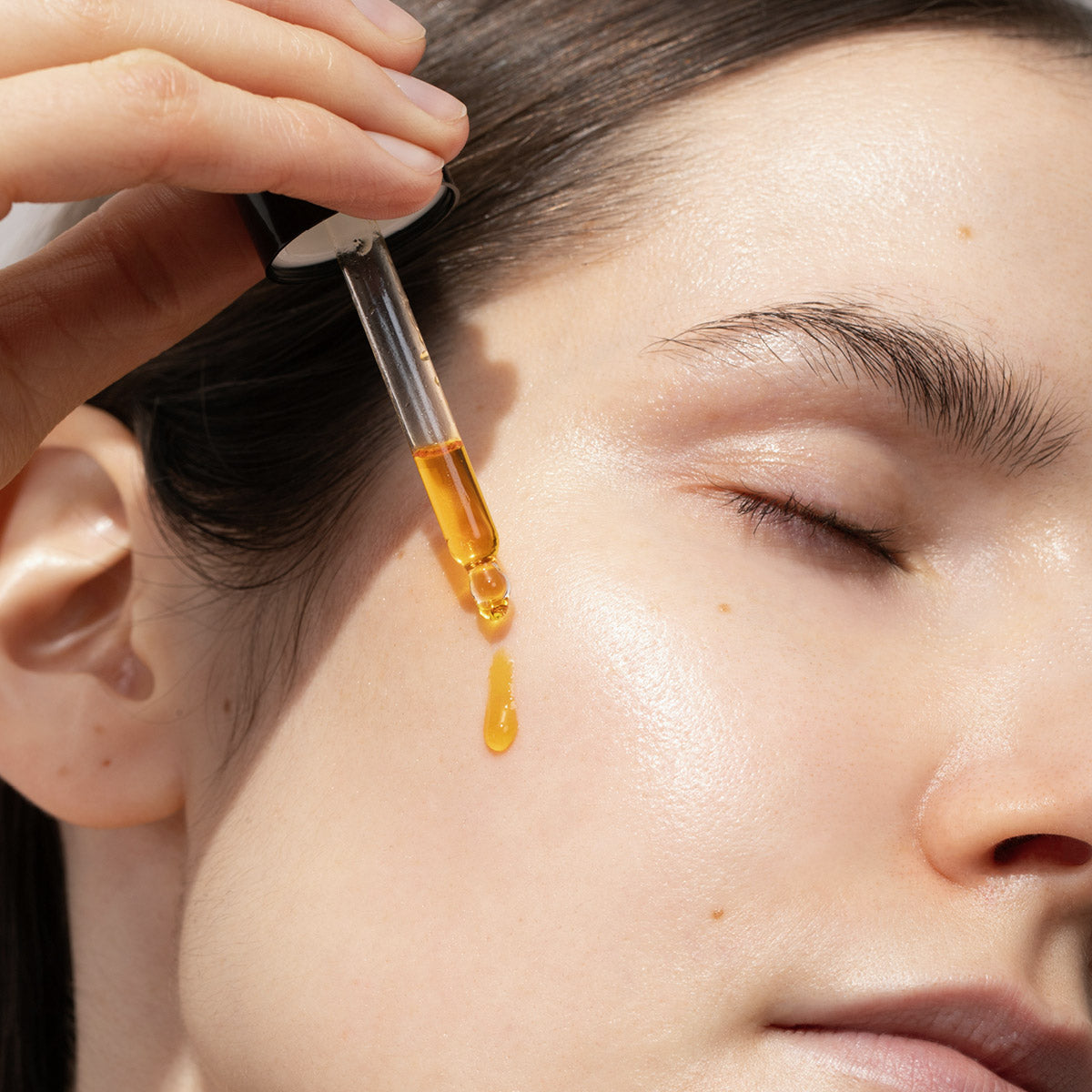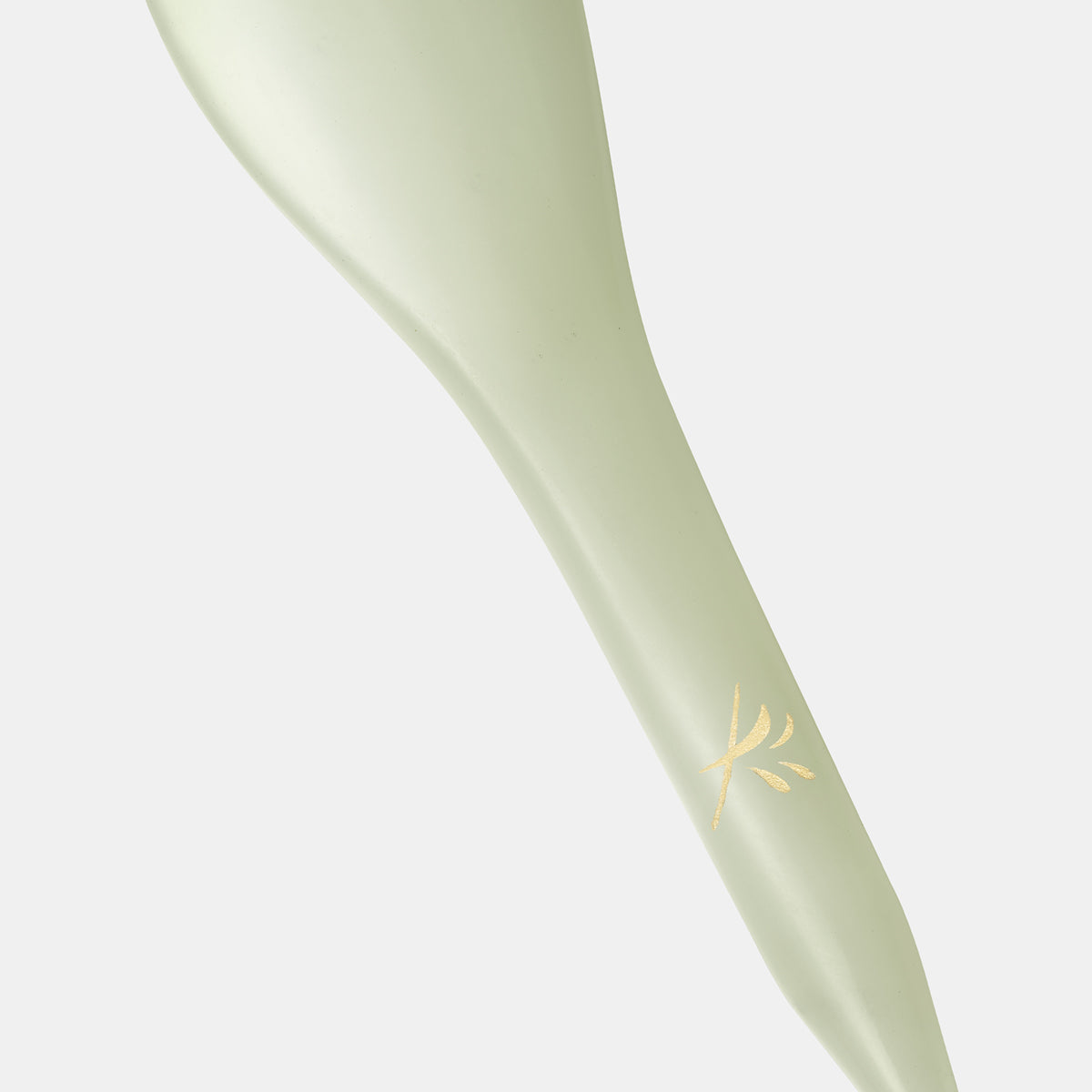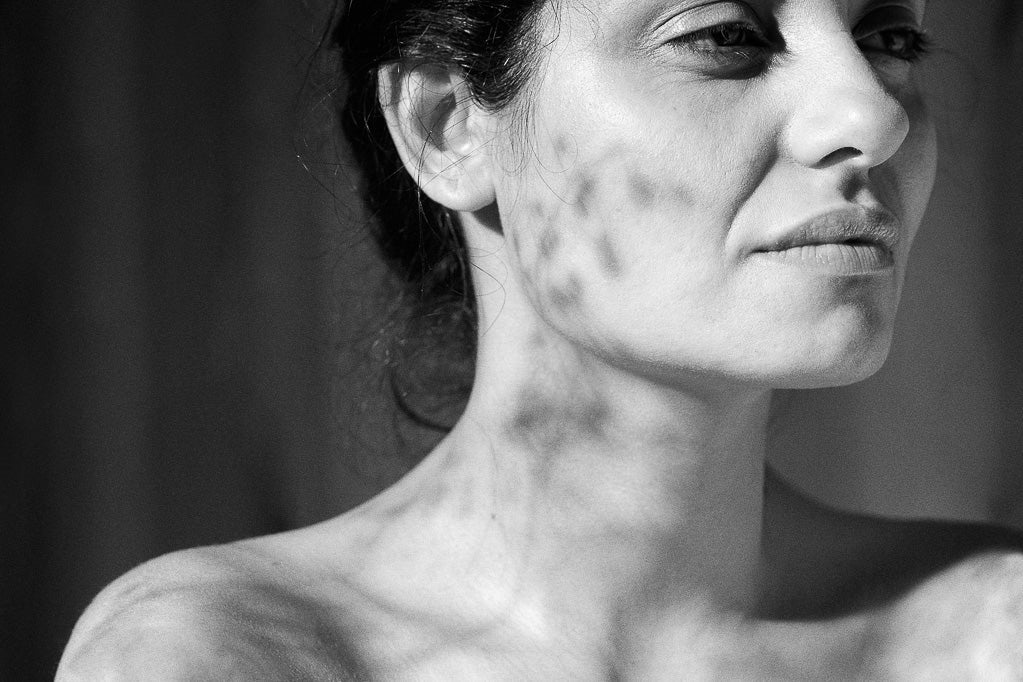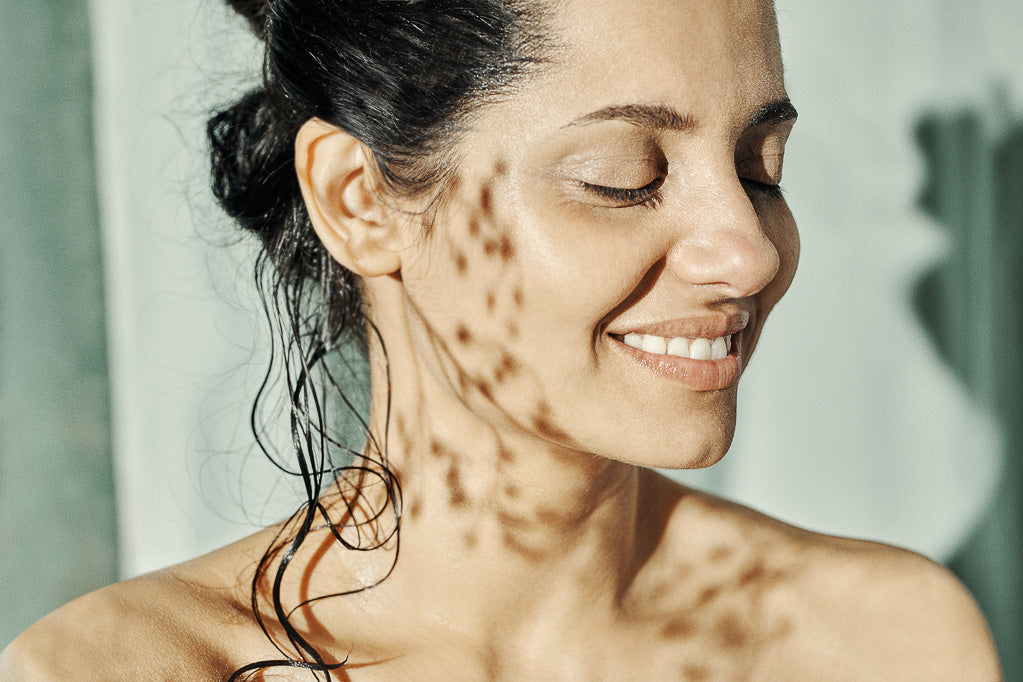Why we get wrinkles?
Wrinkles are caused by two factors: reduced collagen and our emotions. Treat fine lines and wrinkles with these tips.
Why we get wrinkles?
The skin is the most important channel of nonverbal communication, and wrinkles are a sign of our emotional life, ability to express how we feel and lessons learned along the way. The skin is a fascinating organ: it reveals sings of a life lived and our current state of wellbeing. My connective tissue massage teacher Anne Bramham aptly talks about the skin as a storyteller.
For me, the skin, eyes and general expressions on the face have been indicators of my personal wellbeing for as long as I remember. I can’t quite switch off when meeting other people either – by default, the eye is drawn to various signs on the face (although I do this completely neutrally rather than to analyse others). I’ve been itching to learn more about facial diagnostics for years; one of the reasons I ended up studying Chinese medicine was because examining facial signs is part of the diagnostics. I was intrigued by face mapping still a few years ago, but after delving further into facial reflexology and now examining the subject through Chinese medicine, mapping alone doesn’t resonate with me anymore, as it offers a fairly minimal amount of information and different face maps abound.
But back to the topic of wrinkles and what causes them. Let’s look at the issue from two viewpoints.
Wrinkles are caused by a reduction in collagen
Wrinkles are mainly caused by a reduction in collagen in the skin. Collagen is the skin’s most important structural protein that keeps it firm and supple. Collagen strands are like mattress springs that add ”bounce” to the skin. The activity of fibroblast cells decreases as we age and is further slowed down by e.g. stress and silent inflammation of the body. In addition to collagen, fibroblasts produce extracellular matrix (and elastin that makes skin flexible), which takes care of cellular metabolism and the removal of metabolic waste. The extracellular matrix is the skin’s most vital part. It makes sure cells receive nourishment and oxygen and unnecessary substances are transported away and replaced with new cells. Maintaining cellular metabolism plays a vital role in treating wrinkles and saggy skin.
The reduction in collagen along with chronological aging is something that cannot of course be prevented. However, we can influence the activity levels of fibroblasts through our lifestyle and thus slow down the formation of wrinkles and loose skin. Autophagy is an efficient way to activate cellular metabolism. In practice, autophagy is triggered by fasting. Yoshinori Ohsumi, Japanese cell biologist and recipient of the Nobel Prize in 2016, has researched the subject. I warmly recommend reading more if interested in longevity and vitality (in addition to firm skin). A collection of interesting studies is available here.
I personally practice intermittent fasting on a daily basis. During the 2.5 years that I’ve followed a ketogenic diet, my skin’s elasticity and firmness have increased significantly and I’ve had a healthier glow. I’ve also noticed that if I’ve gone overboard with restaurant food, that elasticity and vitality quickly diminish and become replaced with a heavy and slightly bloated feeling.
Wrinkles are caused by emotions
In addition to reduced collagen, wrinkles are caused by emotional factors. As I mentioned at the beginning of this article, the skin is a nonverbal communication channel that expresses our emotional states. You could go as far as saying if you don’t want wrinkles, don’t express what you feel through your face. But what kind of life would that be?
The theory of Five Elements in Chinese medicine includes five main emotional states: anger, joy, worry, grief and fear. Other emotional states like impatience, frustration, amazement, anxiety, disgust, jealousy, enthusiasm, etc. come under the five main emotional states due to a similar “undertone”.
According to Chinese medicine, each of the five emotional states is as important. Anger is a driving force that gets things done and finds a way around obstacles. Joy sparks sociability, giving, receiving and love. Worry is linked to caring and sympathy. Grief teaches to let go and accept. Fear is necessary for survival but also connected to trust, inner wisdom and perseverance.
For a long time, the western world has seen expressing some of these emotions – especially anger – as inappropriate. According to Chinese medicine, each emotion should be expressed and allowed to flow freely. Unexpressed emotions are seen to get stored in the body, which disturbs the normal flow of energy and potentially harms the corresponding internal organs in the long run. In the theory of Five Elements, each emotional state corresponds to an element and internal organ. The main thing is to find a balance in expressing our emotions. That means taking responsibility for our feelings and consciously processing them.
Every emotional state is associated with a characteristic facial expression caused by muscles. We typically express ourselves through certain looks that have become programmed in the nervous system as a pattern that can be challenging to shift. The most effective way to dismantle these patterns is to create a space that enables renewal. This space is created through relaxation.
Wrinkle relaxation
In facial gua sha, wrinkles are treated by relaxing the muscles that cause them. Gua sha of course stimulates nerve endings on the face, which relaxes the nervous system on the whole. But treatment can additionally be boosted in certain muscles.
With regular treatment, wrinkles become less severe, but it is naturally impossible to completely eradicate deeply formed wrinkles. Personally, I’ve noticed the deep wrinkle on my forehead fading along with a regular practice of gua sha, yoga and meditation – i.e. when I’m in a balanced state in myself and in my emotions. In the end, do the dimensions of a wrinkle even matter compared to the other positive impacts of the afore-mentioned treatments: looking and feeling more vital and radiant, having increased awareness of one’s skin, body and emotional life, and life becoming more relaxed on the whole?
Yin Your Skin® level 2 – Advanced Facial Gua Sha online course focuses on advanced techniques for facial gua sha, delving for instance into facial anatomy along with emotional states and expression lines on the face.
Photos Riikka Kantinkoski
Translation Rebecca Watson








